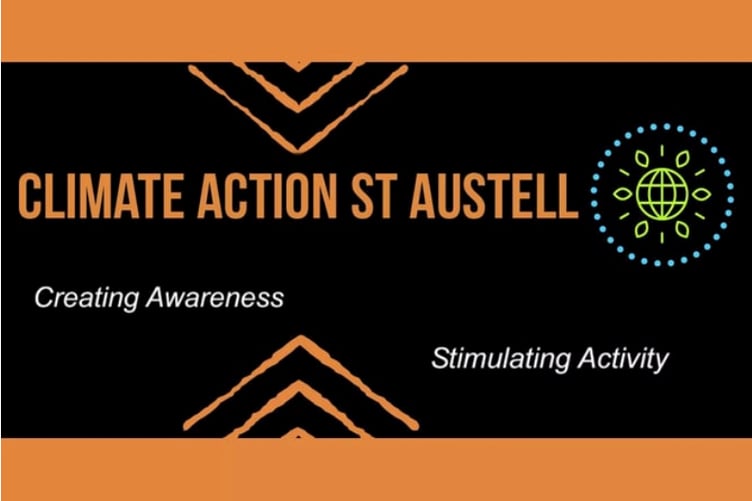NOW it’s November, I think we are allowed to start talking about Christmas (certainly the adverts have already started on the telly). Not only is it a joyous, religious and community festival of goodwill to all, but it also happens to be the time of year that we spend most money and consume the most food, goods and energy. So how might we prevent the excesses of Christmas from not just affecting our wallets and waistlines but also bumping up our carbon footprint?
Well, it might be still a little early but here are a few suggestions of how planning now might save some carbon.
Rather than buying gifts shipped from the other side of the world, consider locally-made, ethically-sourced and sustainable products. Make your own presents or forego a gift completely and use one of the many charitable giving catalogues to plant a tree or sponsor a loo in someone’s name.
Avoid anything with too much plastic packaging and use recyclable wrapping paper as opposed to the shiny or glittery stuff.
Go easy on the food shopping so that none of it goes to waste. Consider more plant-based options, seasonal fruit and veg, use up your leftovers and compost your peelings.
Reuse your decorations year on year, avoid crackers with lots of plastic that goes straight in the recycling and think about where your Christmas tree comes from and ends up.
If you have to travel, go by the greenest form possible, for example, by train. If you are going for dazzling illuminations make sure they are LED ones, and if you want a warm toasty time together consider locally-sourced, sustainable wood for a fire (or just generate your own warmth through friends, family and a festive spirit).
Wishing you all a merry Christmas and a guilt-free New Year.


.jpeg?width=209&height=140&crop=209:145,smart&quality=75)


Comments
This article has no comments yet. Be the first to leave a comment.